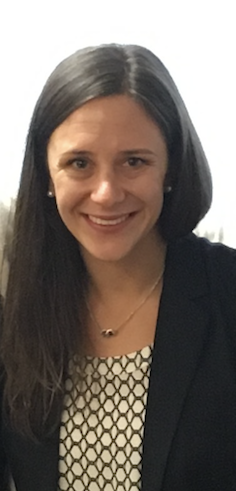Cultural Neuroscience: Connecting Culture, Brain, and Genes, by Kitayama and Huff
A 2015 overview asserts that, from a functional connectivity analysis showing that neural connections between MPFC and bilateral temporoparietal function (said to be “implicated” in perspective taking) “were much stronger for Chinese than for Danes during the judgment of social attributes of the self,” it can be concluded that the Chinese self is constituted by a more integrated, or holistic, representation of both direct and indirect appraisals. In comparison, the Western self appears more one-dimensional in the sense that it is defined largely on the basis of the first-person perspective alone. (Kitayama and Huff 2015, 6) Such an inference, however, is fallacious.
This is not because it implies the questionable existence of a homogeneous, perfectly self-consistent Western or Chinese self. In fact, the study itself reports that in Asian American individuals, who have multiple cultural identities, brain response patterns depend on which “cultural frame” is made salient (10), but it does not establish that this cannot happen in allegedly monocultural persons. The inference is fallacious because the nature of a self cannot be inferred or even hypothesized from the existence of certain “neural connections.” However, such an inference exhibits the ultimate implicit goal of much neurodisciplinary research: to diagnose and classify on the basis of brain data, thus saving the trouble of engaging in apparently messier and less objective human science research.
Below you can find the full article on Research Gate, download the PDF and watch a talk given by Shinobu Kitayama on cultural neuroscience:























0 comments
Sign in or create a free account